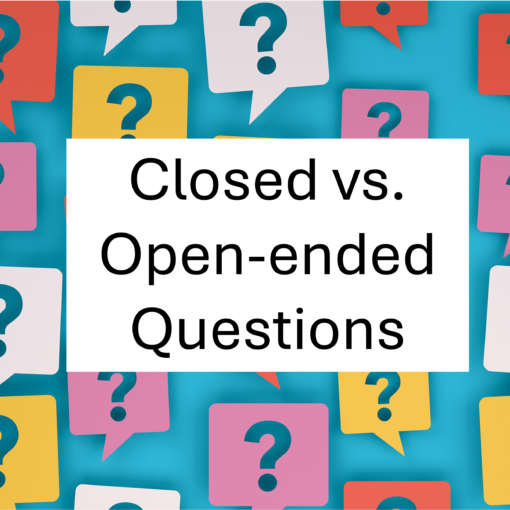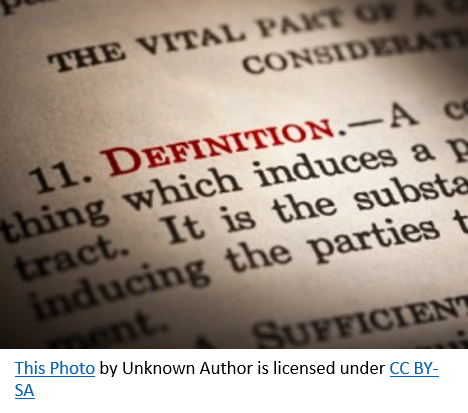Effective communication is essential in today’s fast-paced world, especially in the field of Financial Planning and Analysis (FP&A). But what makes communication truly effective? One crucial element is understanding the context. Think of context like knowing the game rules before playing — it’s foundational to success. In this article, we will dive into the importance of context in communication and share practical tips to enhance your skills.
When you understand context, your message becomes clearer and more impactful. For instance, imagine you’re discussing budget reports. A department head might focus on different details than a finance team member. The department head might be interested in high-level summaries and trends, while the finance team might care about the minute details and specific numbers. Knowing this, you can tailor your message to meet each person’s needs, making your communication more effective.
What is Context in Communication?
Context in communication means considering your audience, their knowledge level, and their concerns. It’s about setting the stage so everyone is on the same page. This involves understanding who you are talking to, what they already know, what they need to know, and what they care about.
Key Tips for Clear Communication
1. Know Your Audience
The first step in crafting effective communication is to understand your audience. Who are they? What is their role, and what are their needs and concerns? For example, if you’re presenting financial data to senior management, focus on the big picture and strategic implications. But if your audience is the finance team, go into the details and specifics they need for their work.
By knowing your audience, you can adjust your language, tone, and details to match their needs. This makes your communication not just clearer, but also more engaging and relevant.
2. Set Expectations
Before diving into a discussion, set clear expectations about what will be covered. This helps everyone understand the scope of the conversation and prepares them for what’s coming. For instance, start a meeting by outlining the key points you’ll discuss and what you hope to achieve by the end.
Setting expectations also involves being clear about what you need from your audience. Are you looking for feedback, approval, or collaboration? Make it clear at the start so everyone knows their role in the conversation.
3. Use Relevant Examples
Using examples that your audience can relate to helps make abstract or complex ideas more concrete. If you’re discussing financial strategies, use examples from your own company or industry. When your audience sees how concepts apply to their real-world experiences, they are more likely to understand and remember the information.
For instance, if you’re explaining a new budgeting process, reference a specific project that recently faced budget challenges and how the new process could help prevent similar issues in the future. Relevant examples bridge the gap between theory and practice.
Why Context Matters
Context is the backbone of clear and effective communication. Without it, messages can become confusing or misinterpreted. When everyone understands the context, they are more likely to grasp the full meaning of your message, which leads to better decision-making and more efficient collaboration.
Making Context Work for You
To make context work in your favor, start by learning about your audience and their needs. Regularly seek feedback to understand what’s working and what needs improvement. Practice setting clear expectations and using relevant examples in your communication.
By focusing on context, you empower yourself and your team to communicate more effectively. This not only enhances your personal effectiveness but also boosts the overall performance of your organization.
Conclusion
In the world of FP&A, and indeed in any professional setting, clear communication is key to success. Understanding context is a powerful tool that can make your communication more effective, engaging, and impactful. Remember to know your audience, set expectations, and use relevant examples to make your message clear and memorable. Embrace the concept of context in your daily communications and watch as your ability to convey ideas and information improves, leading to greater collaboration and success in your projects. Keep learning, keep advancing, and empower your career through constant improvement.




